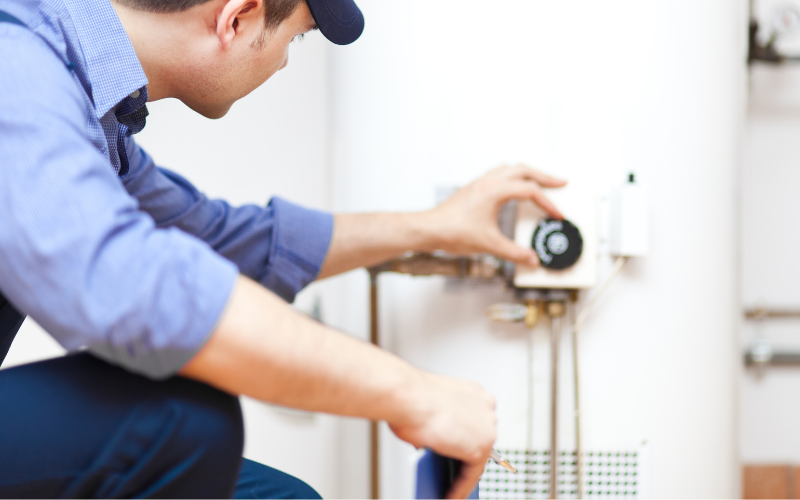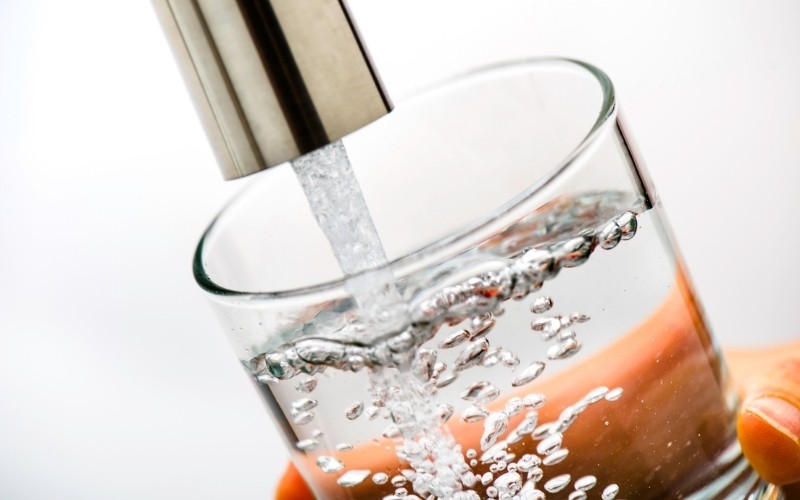When the weather gets cold outside, it’s more important to stay warm inside! That not only goes for a good heater but a good hot water heater, as well. If it’s not providing hot water, or only providing a limited supply, you’ll want to get it fixed right away. In this post, we’ll take a look at some common problems to look out for.
SPRUNG A LEAK
As with anything plumbing-related, a leak is something you always want to avoid. A leak on a water heater could be the result of a broken valve, rust or corrosion, or too much pressure in the tank. If you notice water around your water heater, get it checked out immediately!
LOST EFFICIENCY
Has your electric bill been going up for no apparent reason? How about a delay in the time it takes for water to heat up? Mineral deposits in hard water can build up inside your tank or pipes and cause them to lose efficiency. Get it fixed before you’re left out in the cold.
SHORT ON HOT WATER
A short-lived shower is one of the worst things about an old or broken water heater. A variety of things can cause this including a broken thermostat, faulty element, loose wiring, or maybe your tank is just too small! If a quick adjustment on your thermostat doesn’t heat things up, it could be time for a new tank. And don’t forget about the tankless option – where you never run out of hot water!
DIRTY WATER
If your water appears dirty, or possibly rusty, this is a sign that sediment has accumulated in your tank. It’s easy to see if the water is discolored when running into your tub or sink. Sometimes this can be solved by flushing out the tank. Replacing the anode rod is another fix that can add life to your tank.
NOISY WATER HEATER
If your water heater is making loud gurgling noises, that’s an indicator that it needs to be drained to help get rid of the sentiment that’s built up inside. The minerals can collect on their way to the tank, then accumulate at the bottom.
CARBON MONOXIDE LEAKS
If you have a gas water heater, you should be aware of the dangers of carbon monoxide. It’s colorless, odorless, and can kill you if you breathe it in! Make sure the exhaust pipe is properly maintained. If you ever experience extreme dizziness or are gasping for air, get fresh air immediately! You should also have a CO detector in your home!
WE’LL COME RUNNING
These are just a few of the potential problems that can happen with your water heater. The certified professionals at City Plumbing can help you maintain your current water heater, and help you decide if it’s time for a new one. We are proud to install Noritz Tankless Water Heaters for those who want to ditch the tank and enjoy never-ending hot water. Call us today for an appointment at 432-366-2401. Give us a call, and we’ll come running!







